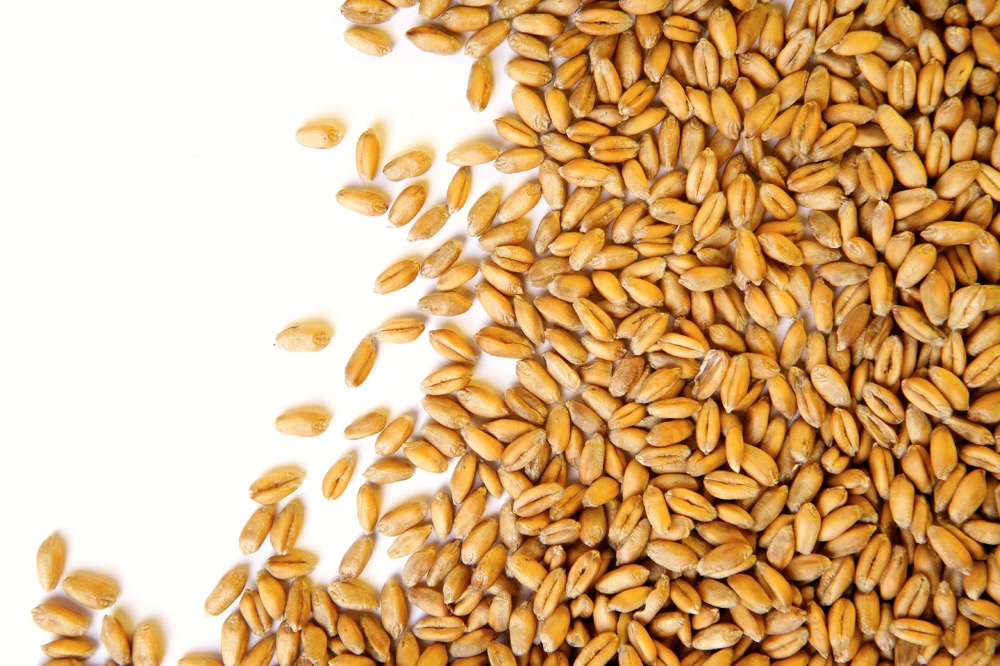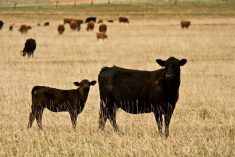Compared to last week, Western Canadian yearling markets traded $2 to $4 higher on average while calves were relatively unchanged. It appears that yearling supplies could be down 2 per cent to 4 per cent this fall which has feedlots being more aggressive early in the season.
Major markets in Alberta led the charge higher as 900 pound steers flirted above the magical $200 level. Order buyers were receiving a fair amount of calls this week. The stronger market has aroused the buying interest and drawn a larger crowd. Feedlot operators feel like they missed an opportunity because prices are slightly higher each week. Therefore, this psychology has built market momentum for the time being. Ranchers are starting to sell yearlings in the dryer pockets of Saskatchewan while late blooming backgrounded cattle are also coming on stream in Alberta.
Read Also

IGC raises 2025/26 world wheat crop forecast
The International Grains Council has raised its forecast for 2025/26 global wheat production with crop outlooks upgraded for Russia, the United States and Argentina.
In Central Alberta, larger frame tan mixed steers weighing 870 pounds sold for $206 while mixed steers averaging 830 pounds traded for $210. A larger group of heifers weighing 920 pounds sold for $184 in Southwestern Saskatchewan; in Central Alberta, medium-frame red mixed heifers averaging just over 860 pounds sold for $187.
In Southern Alberta, larger frame Simmental mixed steers with very thin butter weighing just over 900 pounds were quoted at $202. The calf market was hard to define due to lack of volume; however, steers weighing around 650 pounds were trading from $223 to as high as $230. Given the hot yearling market, these lighter weight feeders look like steal.
The U.S. economy is operating near full capacity. One can’t underestimate the power of tax cuts especially when it comes to the beef market. It appears that beef demand is experiencing a year-over-year increase of 3 per cent to 4 per cent which is helping to absorb the increase in production. U.S. feeder markets also traded US$2 to US$4 above week ago levels. In Nebraska, 900 pounds steers sold for an equivalent price of Cdn$200.
Given the lower supplies in Western Canada, Alberta markets need to trade at a premium to U.S. values in an effort to curb exports.
— Jerry Klassen manages the Canadian office of Swiss-based grain trader GAP SA Grains and Produits Ltd. and is president and founder of Resilient Capital, specializing in proprietary commodity futures trading and market analysis. Jerry consults with feedlots on risk management and writes a weekly cattle market commentary. He can be reached at 204-504-8339.













